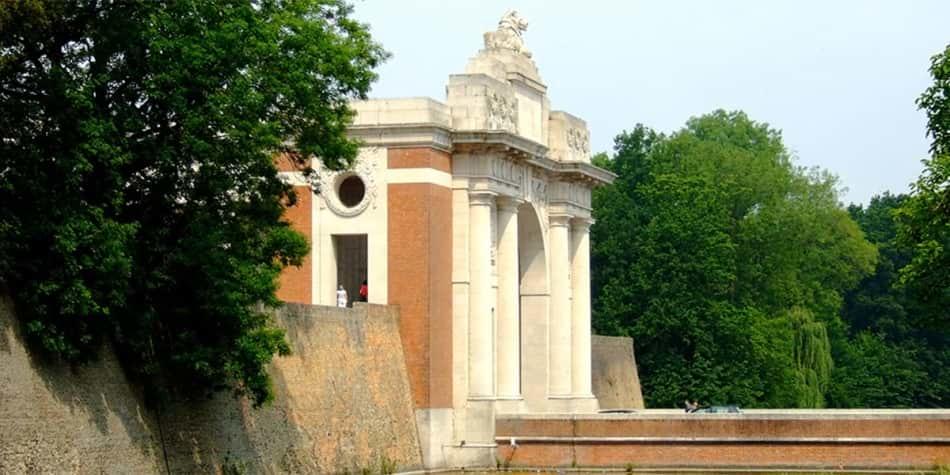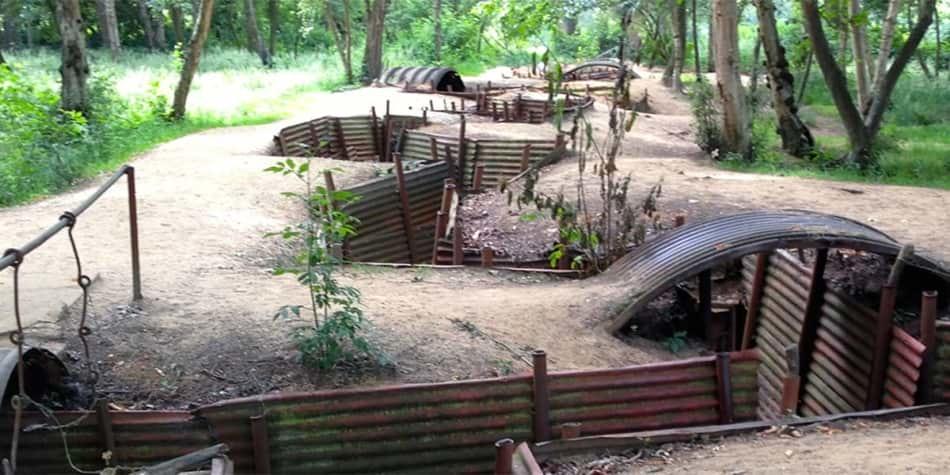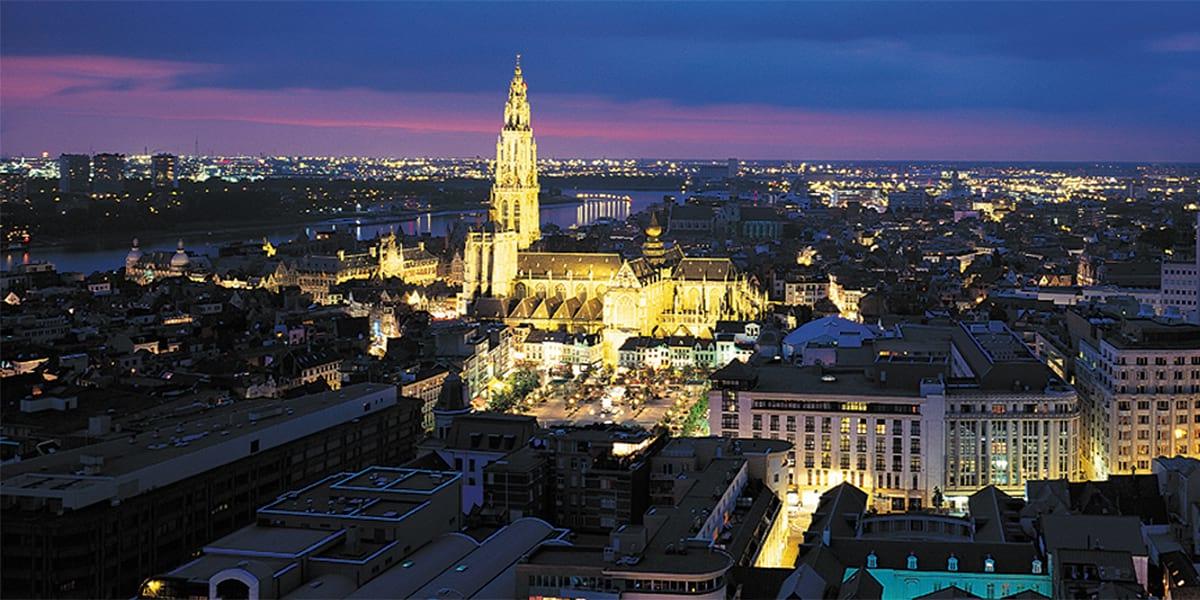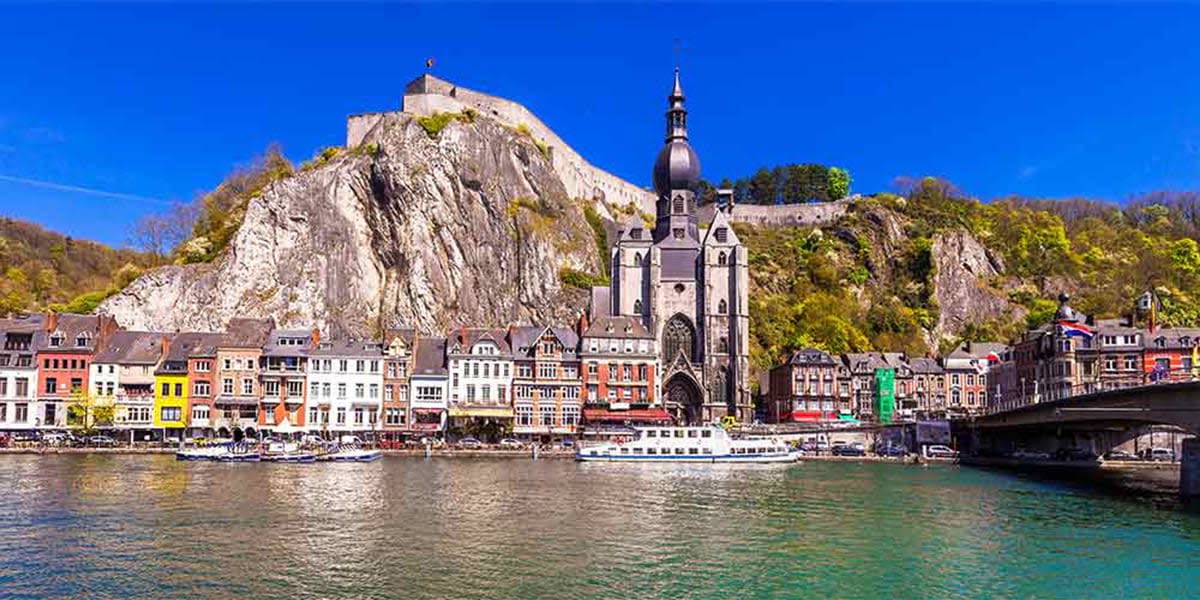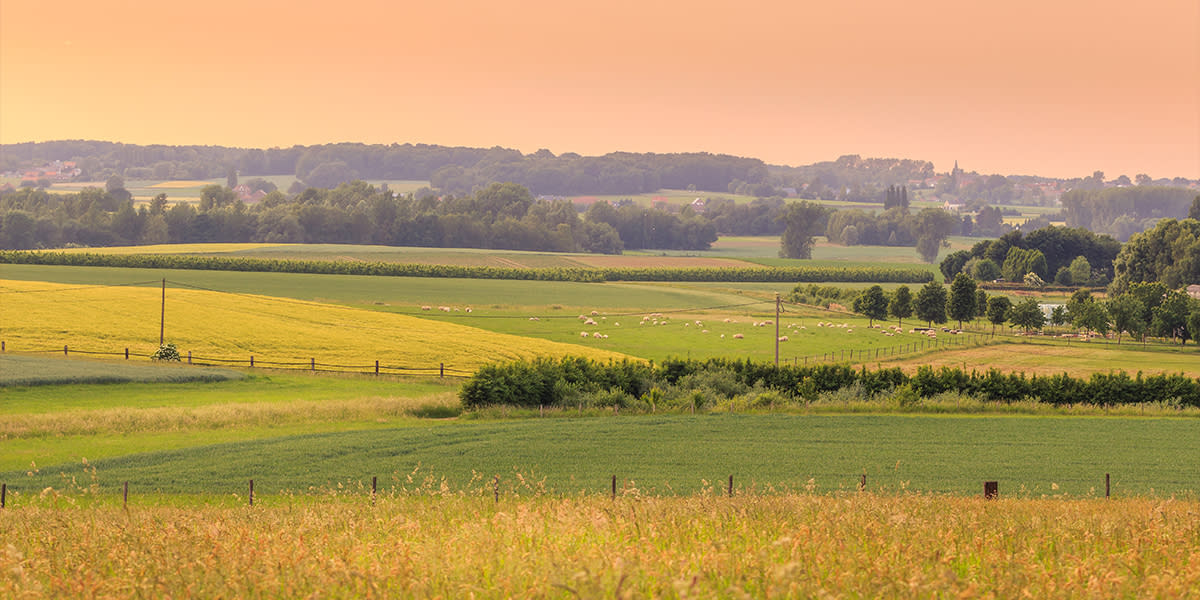
Your Essential Travel Guide To Flanders
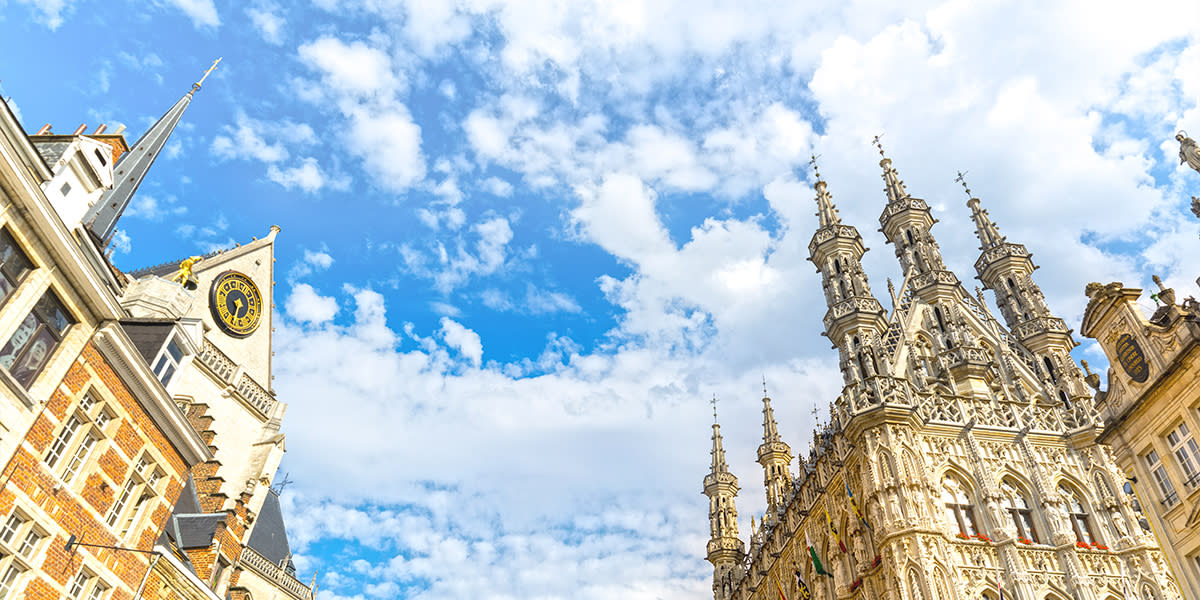
Discover Things To Do In Flanders
This extraordinary region, otherwise known as the Flemish-speaking half of Belgium, offers something for everyone: gorgeous architecture, a cutting-edge arts scene, stylish shopping, vibrant nightlife and rich war history and monuments.
Ypres became a key battlefield during World War I. In Ypres, there were four major battles between the Allies and the Germans, the most memorable took place in Passchendaele in 1917. This medieval city was completely destroyed during four years of warfare. It has since been rebuilt and serves as an excellent point to start discovering interesting places and cemeteries in Flanders.
After taking the short journey across the Channel to Dunkirk in France, Flanders region is only an hour away by car.
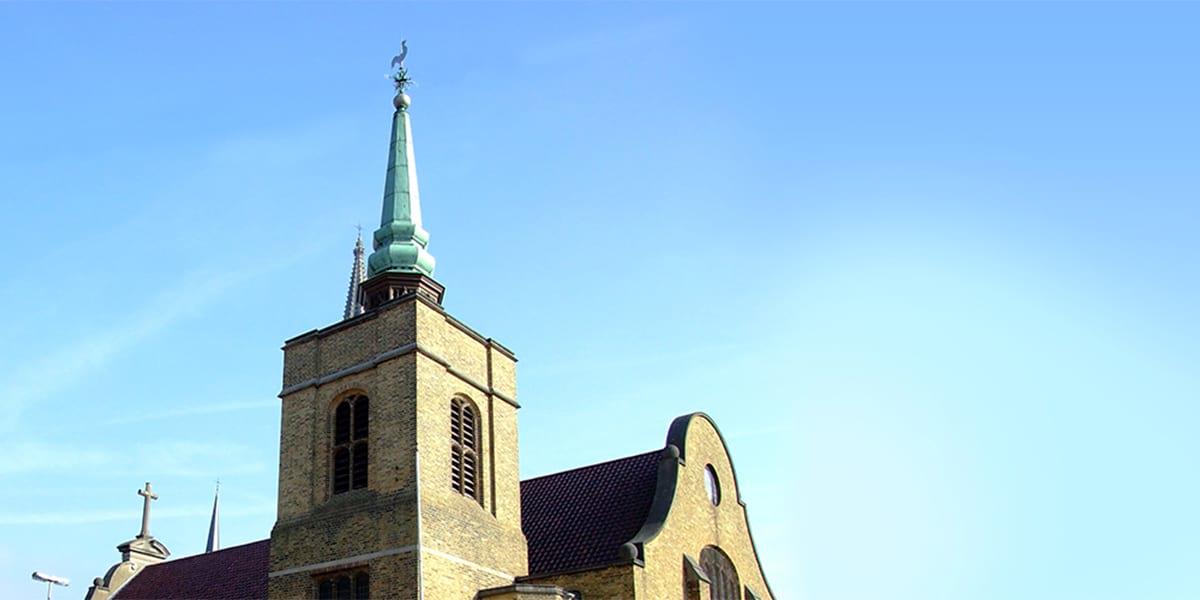
Churches and cemeteries
The St. George's Memorial church was built to honour 500,000 people killed in three battles of Ypres Salient.
Almost 12,000 British and allied soldiers rest in the Tyne Cot cemetery. The Sacrifice Cross is located next to the original graves.
Essex Farm cemetery was named after the homeland of British Essex soldiers who found shelter there. What is more, here, in May 1915, John McCrae, a physician serving in the Canadian Armed Forces, wrote a touching poem "In Flanders Fields". You can still see concrete structures of the dressing point for wounded soldiers, and the remains of bunkers, as well as old railway.
One of the graves in the Poelcapelle cemetery probably hides the body of John Condon, the youngest victim of World War I. It is a private grave in memory of a 14-year-old boy.

Museums
In Flanders Fields Museum in Ypres is dedicated to the First World War. It tells stories of soldiers, has uniforms, weapons, maps and audio-visual presentations recreating terrifying war years and preparation for war.
Hooge crater is a chapel with museum which houses valuable collections from the First World War, including uniforms and paintings. Nearby is the Crater Cemetery, where thousands of soldiers have been buried.
Visit Memorial Museum in Passchendaele to explore a variety of paintings, films, models and a large collection of monuments. Particularly moving is the reconstruction of shelters along with the headquarters, bedrooms and workplaces, which shows how British soldiers had to struggle with hardship.
Monuments and other attractions
In the east of the Ypres there is an impressive monument, Menin Gate, dedicated to 55,896 soldiers. The Menin Gate Memorial was built to commemorate the missing soldiers - those who died in the battle of Ypres, but whose bodies were not found. Every night, just before 8 pm, the police stop the traffic in front of the gate, and at noon the trumpet is heard, ensuring that the loss of life in the fight for freedom is never forgotten.
Take a walk along the Rampart Route with 12 monuments from 13th century.
Visit Talbot House, a club for soldiers created in 1915 in Poperinge, and a town hall, a place where men were shot.
Yorkshire Trench and Dug Out, 4km from Ypres, show conditions the soldiers were facing in the 1915-1917, namely very small rooms with wooden frames, often flooded with water.

